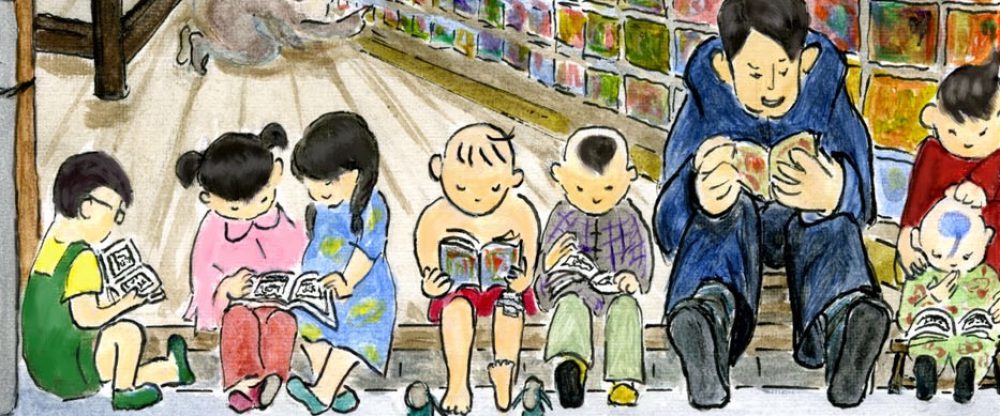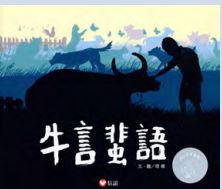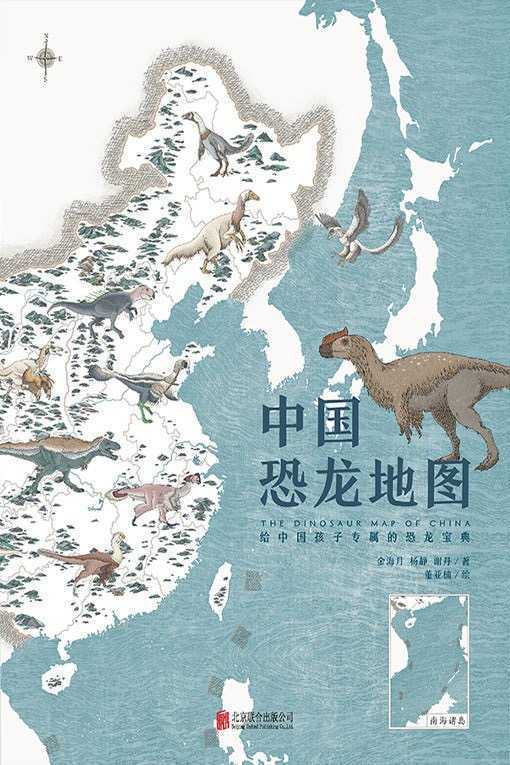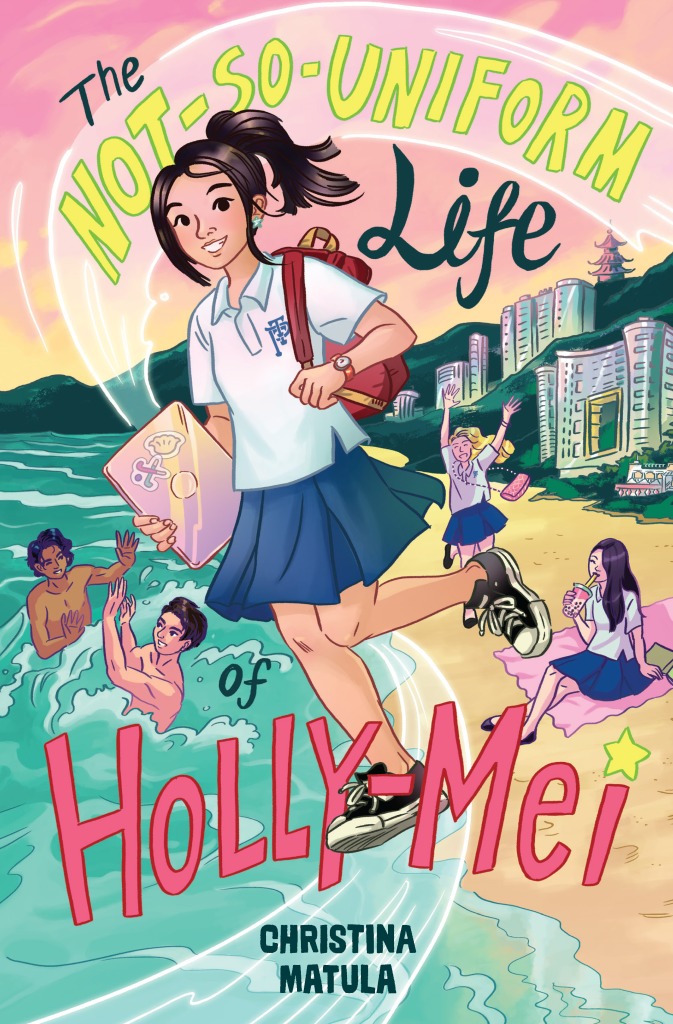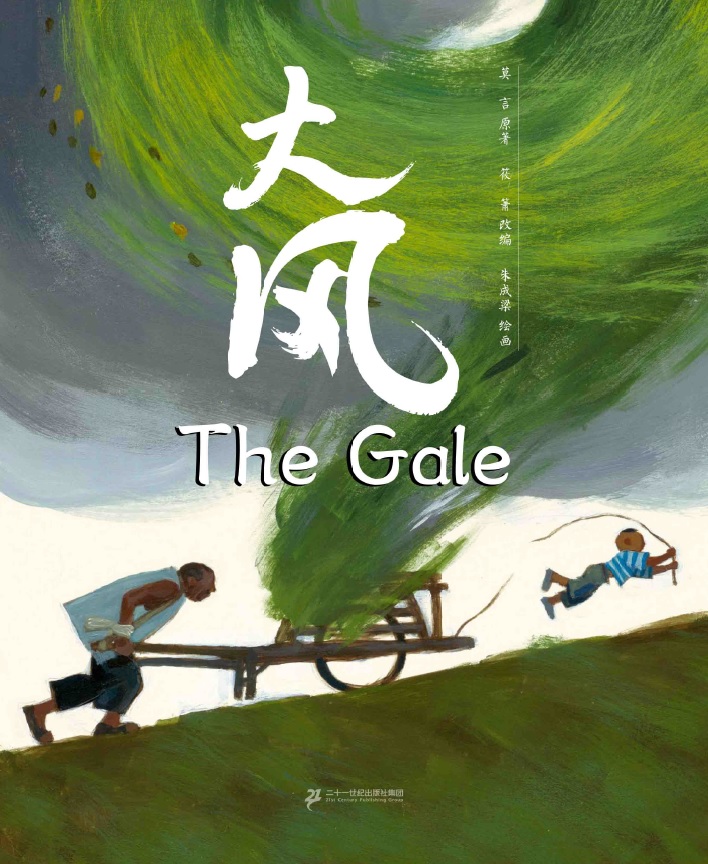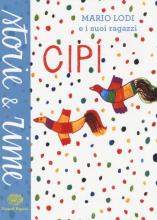When reading and translating, I’ve often wondered about Chinese narrative. I knew from reading with my own children how important storytelling is for credibility and engagement, even at a very young age. How do English and Chinese narrative styles impact on us, consciously or sub-consciously? How does narrative style affect our reading and appreciation of translations? Sabina Knight is Professor of Chinese and Comparative Literature, Program in World Literatures, at Smith College, and an expert on Chinese narrative. We are delighted that she agreed to an interview with us. Thank you, Professor Knight!
Please tell us about yourself. What would you like our readers to know about you?

A fascination with Chinese philosophy led me to study Chinese in college. Back then learning Chinese was rare. After an intensive year-long course, in 1986 I studied in Taipei and then at Beijing Normal University. Along with Chinese and Classical Chinese, I also learned French and Russian and studied in France and Russia. In graduate school at Berkeley, Madison, and National Taiwan University, I especially loved early Chinese poetry and modern fiction. I have been teaching at Smith College for twenty-five years, and I’m still passionate about both classical and modern literature.
I have always spent a lot of time walking, and hiking in the woods. I also love to practice yoga, dance, draw, and paint watercolors.
We know you best from your Very Short Introduction. Could you tell us how you came to write this book?

Chinese Literature: A Very Short Introduction was a genuine labor of love. I was thrilled when Oxford University Press invited me to write for their popular Very Short Introduction (VSI) Series. (The series had by then already sold more than five million copies.) The book offered a unique opportunity to reach a broad readership.
Writing the VSI inspired me to share ideas that had intrigued me for decades. The “Very Short” series has a strict limit of 35,000 words, and I wanted to make every paragraph count. I decided to weave together my most meaningful insights from my readings and projects underway. Earlier I had imagined writing full-length articles on many of the subjects in the book. (I had piles of notes, annotated articles, and works in progress.) Condensing the heart of each project into one or two key insights felt like collecting gold dust. As I wrote and rewrote the book, I felt like an explorer charting paths for readers to journey on their own. (I described some of the challenges I faced in “Writing Chinese Literary History: A Tweet for Sore Eyes.”)
You’ve also written about narrative. Could you tell us about your first book?

I wrote The Heart of Time over ten years. I wanted to explore how different types of narratives allowed for greater or lesser degrees of freedom. Even earlier, already by college, I had the sense that Chinese fiction dealt with moral responsibility in ways very different from European and American literature.
China’s twentieth century was so tumultuous and painful; yet, many critics denigrated the fiction specifically because they felt that circumstances crushed the characters. Yet I was struck by the many stories and novels that still allowed the characters some degree of freedom. So I first set out to write about free will and determinism in fiction of the 1980s and 90s. How do stories depict struggles for and against freedom? Reading with attention to this question unleashed the power of Chinese fiction. My passion for larger questions emboldened me to treat the entire twentieth century in my Ph.D. dissertation, the first version of the book.
After I started teaching at Smith College, the pressure to publish to earn tenure made writing more fraught for me. Thank goodness Harvard gave me a postdoctoral fellowship to focus on my book. That year I developed my ideas through conversations with colleagues, lectures, and workshops. I also read furiously. I reconceived the book as The Heart of Time: Moral Agency in Twentieth-Century Chinese Fiction.
Could you say a little more about narrative in Chinese fiction? Is your work the first to look at narrative in Chinese fiction? Are there narrative styles that are really engrained?
It’s fun to compare ways different cultures have told stories. In the case of China, we’re already talking about many diverse cultural traditions. The area we now call China may have had as many forms of storytelling as all of Europe. The earliest writings date back three thousand years, and the development of narrative fiction owed a lot to border crossings with other traditions, such as Buddhist themes and forms from India, for example.
More broadly, narrative often served to support specific political interests, to promote faith in an ordered universe, and to cultivate moral virtues. Scholars delve into historical narratives as much as they study fiction. So both my books are indebted to earlier scholarship on Chinese narrative. It’s often difficult to draw lines between fiction and other early genres. Much history, unofficial history, and “records of the strange” purported to record events, rather than to invent stories, even though many of these writings later came to be seen as fiction.
The conscious crafting of fiction came quite a bit later, with clear examples by the fourth century and solidifying by the seventh century or so. Both before and after that time many narratives developed by accretion, rather than as the work of a single author. Other stories follow conventions of oral storytelling, or the conceit that the narrator has heard the tale from a witness. These forms, among others, have endured into the twentieth and even twenty-first century.
Have Chinese narrative styles changed in the 21st century?
21st-century Chinese narrative has, not surprisingly, exploded in new ways on the web. Many authors still write serious fiction in the realist, modernist, and other traditions of the twentieth century and earlier, though the degree of self-censorship has been steadily rising. Online writers often produce content so quickly that the censors can’t keep up, at least not right away. Authorities do often later take down or lock much offending content. (The government prefers realist fiction that tells the “China Story” in a good light.)
The most popular online writers have enormous followings, especially authors that post every day, often for years. One of the longest serialized novels is already about 33 times as long as Tolstoy’s War and Peace. To be commercially successful, online writers both follow formulas and respond to their readers in a speedy feedback loop that creates increasingly addictive serial narratives. Popular genres include journalistic diaries, martial arts novels, romance fiction (including same-sex), crime fiction, sci-fi, and fantasies.
Narrative styles have to be suited to episodic snippets read on smartphones, and the literary merit of these narratives varies. The industry has eliminated editors and other traditional gatekeepers, but its populist market mechanism has attracted unprecedented numbers of both writers and readers. Many Chinese producers also repurpose online fiction for broadcast TV and web video series.
On your staff page, it says you seek to bring Chinese literature to wider audiences. In the past, I’ve heard English readers say that Chinese fiction doesn’t satisfy them, and Chinese people say that English readers don’t appreciate the subtlety of Chinese writing. I suspect that some of these responses relate to expectation: to storytelling techniques, narrative style, tension, tempo and so on. I’m curious to know what you think about Chinese narratives in translation.
I wrote both my books to help English readers appreciate Chinese literature more. I still see three main roadblocks: available translations, cultural knowledge, and differing expectations about freedom.
First, for a long time, a major bottleneck was the paucity of translations. Publishers were wary that Chinese fiction wouldn’t sell well. For decades it was a vicious cycle. What translators and publishers chose to promote also played a role, as did the quality of some translations. Many chose sensational works, or works that promised a window on China’s politics. Thus many excellent works never made it into English translation. (I give a talk, “What Americans See: Chinese Fiction in English Translation,” partly published in Chinese as《美国人眼中的中国小说: 论英译中文小说》.)
Until fairly recently some translators turned away from fidelity or “equivalent effect,” towards cutting, editing, or rewriting to please publishers. In some cases translators have re-written or asked authors to rewrite endings, titles, and other elements of Chinese novels. Some of these choices impose Western literary practices on the Chinese works. And despite enormous readerships in China, English-language markets play a role in determining the form and fate of Chinese fiction. Luckily, we now have many more translators, more representative works, and more faithfulness to the originals. Still, translators and publishers have to confront many misconceptions about China. Dilemmas remain. How do we weigh choices to translate well-known versus lesser-known authors? What about representing women or ethnic minority writers?
Second, it doesn’t help that many English readers have little background in Chinese culture. Laying some foundations and offering historical context were among my goals in writing Chinese Literature: A Very Short Introduction. In traditional Chinese understandings, literature, history, and thought are parts of a whole. So my book discusses philosophical foundations; poetry and poetics; and the development of classical narrative. It also explores vernacular fiction and drama, and finally literature from the Opium Wars to the contemporary period.
Third, a deeper question is why English readers have found a lot of modern Chinese fiction demoralizing. I wrote The Heart of Time in part to advocate for this fiction in the face of negative reactions among English readers. For a long time many readers bemoaned that modern Chinese fiction was “depressing.” It’s not surprising, given the horrors of war, poverty, and repression in twentieth-century China. Critics have complained that the bleak narratives utterly crush the characters, leaving scant room for free will.
Yet many modern Chinese writers have made moral responsibility a central theme, and moral agency depends on freedom. Against deterministic worldviews, by 1917 many writers sought to create works based on the revolutionary principle that people can be the architects of their own fortunes. Yet even in works of this period many readers perceive a pervasive helplessness.
The moral power of Chinese fiction becomes clearer in light of Chinese ethics. Much traditional Chinese philosophy takes circumstances–aspects of “fate”–as more limiting than many English readers are used to. Yet that perspective still leaves room for maneuver. In The Heart of Time I discuss narrative techniques which indicate that events were not predetermined. Showing that things could have evolved in multiple ways depends crucially on a narrative’s handling of time. Rather than foreclosing freedom, twentieth-century Chinese fiction opens new perspectives on moral agency.
Finally, would you tell us about your own childhood reading? Any books you particularly liked, any people or places you particularly associate with your early reading?

As a very little girl, among children’s books I liked The Story about Ping with Kurt Wiese’s illustrations. Ping is a duckling who lives with his extended duck family on a boat on China’s Yangtze River. He’s a very sympathetic character. One evening he accidentally runs away and decides to make an adventure of it. He visits with worldly cormorants, the hardworking birds who catch fish for their owners. Later he climbs aboard another boat and escapes becoming dinner only because a boy sets him free. Throughout he’s curious about the world, feisty, and brave. Still, the following evening he runs home happy to reunite with his family.


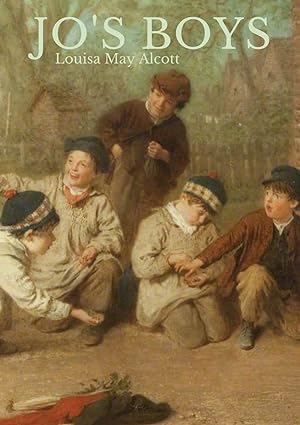

A little later I loved reading Louisa May Alcott’s books, Little Women, Little Men, Jo’s Boys . . . . Then, when I was 12, I read Jane Eyre. I was entranced, though later I realized that I had missed a lot of plot subtleties. The novel nevertheless launched me on reading more nineteenth-century British fiction, and then Russian novels too. In high school I turned to American fiction. I also took French and started reading short French fiction.

My first real exposure to Chinese was to the Daoist classic, the Daodejing. When I was in high school my stepfather had a large-format edition with mysterious Chinese calligraphy superimposed on starkly beautiful black-and-white nature photos. English translations were on facing pages, and I was enthralled by both the aesthetics and the philosophy. (That edition was translated by Gia-fu Feng and Jane English, who used the romanization Lao Tsu’s Tao Te Ching.) The book made me want to study classical Chinese philosophy, though I had no idea how difficult it would be to learn modern and then Classical Chinese.
Follow Sabina Knight on
- Twitter/X: @sabinaknight1 and @SangBina
- Facebook: https://www.facebook.com/sabina.knight1/
